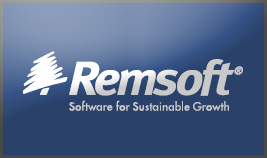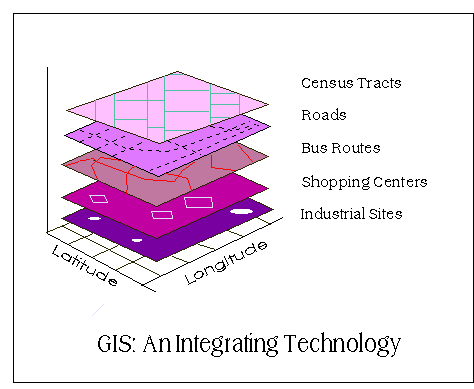
Integrating GIS into Forest Resources Spatial Management and Planning (3) — A Hierarchical Approach to Spatial Forest Planning to Create Harvest Blocks (Case study of Remsoft)
This article is summarized and concluded from articles as follow:
(1) Making GIS Work in Forest Management by Manij Upadhyay, unpublished work.
(2) A Hierarchical Approach to Spatial Forest Planning by Ugo Feunekes and Andrew Cogswell, USDA Forest Service, Proceeding
(3) HCVF/A Identify Within Ecoregion; Integrating Conservation Planning into Regional Spatial Planning by Barano Siswa Sulistyawan, WWF Indonesia,
(4) Assessing participatory GIS for community-based natural resources management: claiming community forests in Cameroon by Michael K. McCall and Peter A. Minang, The Geography Journal Volume 171 No.(4) pages 283-306, 2010
Previous Section Forest Resources Spatial Management and GIS
A Hierarchical Approach to Spatial Forest Planning to Create Harvest Blocks (Case study of Remsoft)
Integrating GIS into Forest Resources Spatial Management and Planning (3) -- In term of forest product’s harvesting, spatial planning problems are especially difficult to solve for three reasons. First, most scheduling problems involve large numbers of stands and/or harvest block. Second, a long-term look is required to address sustainability—usually several rotations. As planning horizons increase, the decision variables and constraints necessary to represent adjacencies increase exponentially....


